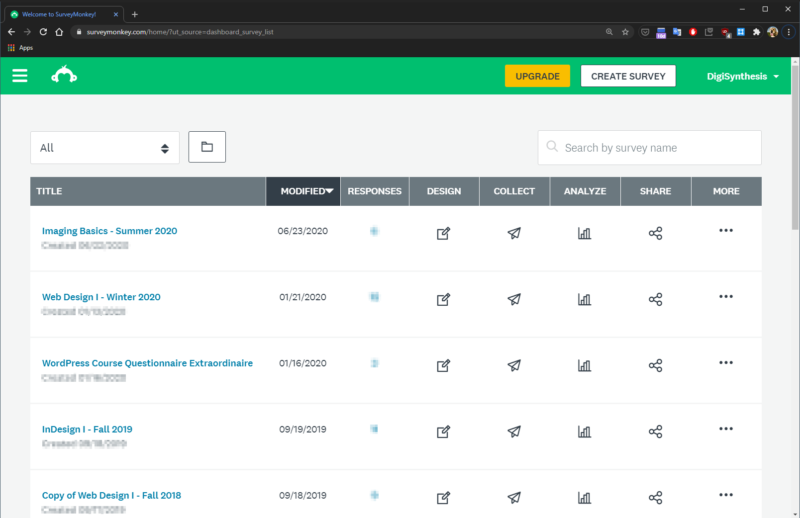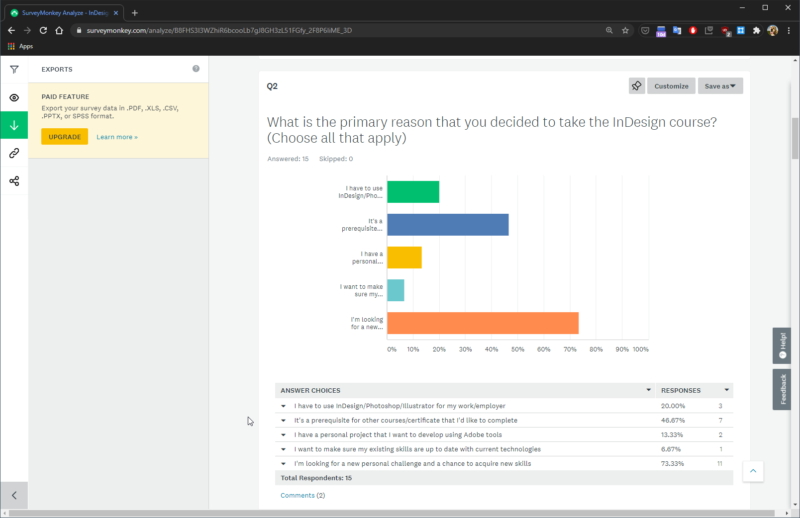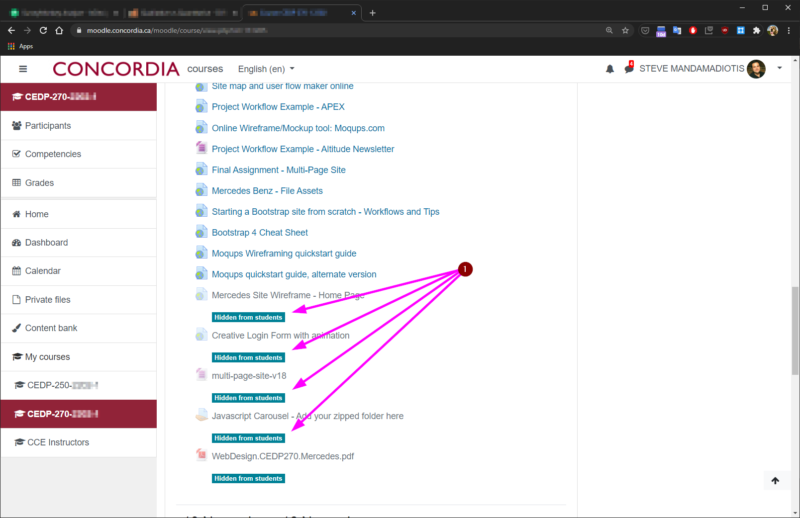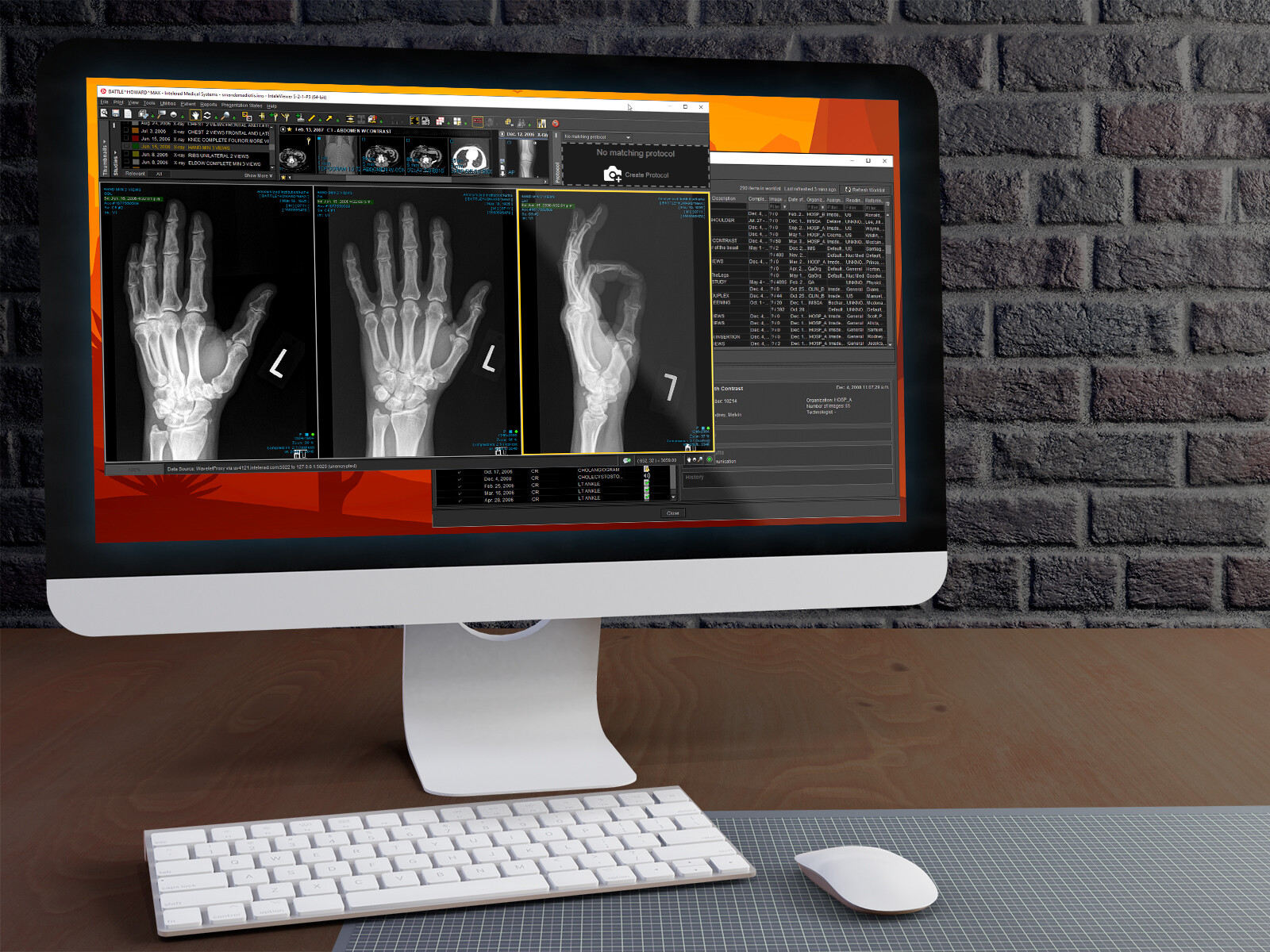Customized Training with User-centric UX Principles
When I first started teaching and learning the ropes back in 2006, one of the pieces of advice that stuck with me to keep students engaged and motivated was ‘aim somewhere above the middle of the group’s comfort zone to keep everyone engaged’. This is solid advice and works most of the time for groups that are all at the same-ish level and from a similar background.
Reality Check
I discovered quickly that cookie-cutter, rigid lesson plans designed for folks that were at the same level didn’t work with the reality of continuing education. Classrooms were composed of people with a vast range of experience, skills, education etc. Designing courses & projects that aimed a bit above the ‘median’ left quite a few outliers out in the cold. The advanced students were bored, the entirely inexperienced ones had trouble keeping up. I had difficulty accepting that even a small number of ‘customers’ would be unsatisfied with the ‘service’ I was providing and sought a way to improve satisfaction.
UX Principles to the Rescue
The challenge is two-fold. Create an improved student experience that’s tailored to their needs. Also, ensure the task doesn’t become overwhelming for me to manage for each group and course. Ultimately, I reached out to each group and gathered some qualitative information from them to establish individual user needs and how that would affect the group. I then designed my course materials and lesson plans to work in a modular approach that could be customized on the fly to raise or lower difficulty level and also focus on skills that would expand on their existing strengths.
The approach had a big impact on satisfaction and retention rates with students who expressed a sense of fulfillment & accomplishment with the course and materials they produced.
Case Study Summary
Cookie cutter courses lack the effectiveness that personalized training delivers.
The challenge is two-fold. Create an improved student experience that’s tailored to their needs. Also, ensure the task doesn’t become overwhelming for me to manage for each group and course.
With UX guiding principles and a modular approach to course content, I’m able to provide customized courses at the right level for students while keeping prep and delivery manageable.
SKILLS NEEDED
- UX Research
- Personas
- Iterate/Improve
CATEGORIES
- UX Research
- User-centric Design
- Instructional Design
COPYRIGHT
Steve Mandamadiotis
The Approach
Know Your Audience
- Prior to the start of the course, I emailed the group with a short generic-worded intro and a link to a survey questionnaire. Survey completion numbers were below 30%. Those are rookie numbers!
- In subsequent mailouts, I tried a more personal approach and included a bit of an ice-breaker anecdote, a preview of what they could expect, some ‘pro-tips’ and a checklist to get them oriented right away, and a brief explanation why filling out the questionnaire was important. I saw response rates hit 80+%! Finally, some data that had value!
- The questions help identify general skills, time outside of class they can allocate to assignments, and other key variables that allowed me to evaluate individual data points and form a picture of the group composition.
Analyze Qualitative Data
- The type of questions in the form were designed to help the student reflect on what exactly they’re expecting to get out of the course and how much of a commitment they were ready to make.
- The questionnaire also contains more specific questions that relate to technical skill and aptitude.
- Finally, a couple of the questions were more personal so I could understand why they were taking the course and what motivated their engagement.
An Image Emerges
- As responses came in, a clearer picture of the group began to form. This part is always exciting for me.
- The data provided me with information regarding strengths, weaknesses, experience, comfort levels, assignment types that excited them, and overall metrics to measure success by.
- It showed if there were any outliers that fall too far outside the group mean. They were either way too inexperienced or more advanced than everyone else in the class. These students would usually need additional attention.
Modular Lesson Plans
- Now that I had a good overview, I began to build my lesson plans.
- I started with a common core of materials that threaded the entire course together. These materials formed the minimum core concepts and skills that had to be covered.
- From here I had a bank of assignments, topics, drills, and exercises that can be added on the fly in a modular fashion by activating and de-activating visibility in the Moodle system used by students.
- This allowed for the course difficulty to be adjusted in advance and/or on the fly to keep interest and challenge levels just high enough to keep everyone engaged but not so much so that it leaves people demoralized and overwhelmed.
Customized Training
- The modular approach allowed me to quickly and easily keep course materials fresh, assignments relevant, latest techniques topical, and have a predictable, easy to manage course that addressed the needs of everyone taking the course.
- Additional materials for extended learning kept the more advanced and ‘hungry’ students in the class engaged – even though I made it clear that these extra drills/exercises would not count towards their grades.
- The course could even be tweaked from one class to the next to adapt to the pace and user needs.
Engagement Increase, Improved Results
- I’ve had a chance to refine the formula over the years with dozens of groups and hundreds of students serving as data sources
- There has been a measurable increase in satisfaction and repeat business based on student feedback and their course evaluations.
- In spite of all the data, each case is still unique and can pose challenges. However, each of these unique data points add to the overall picture as patterns visibly emerge.
- And here we are, with the timeless trope of ‘teaching is the best way to learn!’ which I firmly believe in.

More Projects
The Reviews Are In!
I’m what folks call a UX Expert and Design Pro. But why take my word for it?


“…As a UX/UI Design Lead, Steve coordinated user experience, including design, prototyping, delivery strategy and team guidance. He worked with the design team utilizing agile practices to develop excellent user experiences for our clients. Steve is a team player and a great asset to any organization…”

“… Steve’s one of the rarest professionals that I’ve seen who has the ability for prioritize his tasks in the most efficient way. I worked with him on a couple of web based projects and I was really amazed about his vision and confidence in taking the product to a whole new level…”

“…Steve gets things done. He is one of the few very hard working people I know. He’s always enthusiastic and positive about his job. His dedication and professionalism is outstanding. He doesn’t hesitate learn and explore new things in order to perform his job at the utmost quality. I strongly recommend any company to have Steve on board…”

“…Steve is one of those rare managers who also naturally serves as an inspiring mentor. Not only is he willing to share his 20 years of industry expertise, but he pushes you to develop new skills and step outside of your comfort zone. He had a unique ability to get the whole team on board with ideas, and offered empathy and a great sense of humour. As a team member or a leader, Steve earns my highest recommendation…”

“…Steve was a very dedicated team member who was always ready, willing and able to get the job done. With a can-do attitude Steve led by example regardless of what was required. His tireless effort and creative contribution in building leading edge sales and marketing material was instrumental in big sales wins. I would highly recommend Steve and would proudly provide a reference for him…”

“…Steve was an incredible leader; someone who is sharp, professional, well-composed, and attentive to the needs of his stakeholders and team members. He was quick to find solutions to problems affecting deliverables, all while maintaining a positive and encouraging atmosphere within our team. He not only allowed me the ability to improve my professional skillsets, but taught me how to be a better team member through mentorship and maintaining an open ear…”










